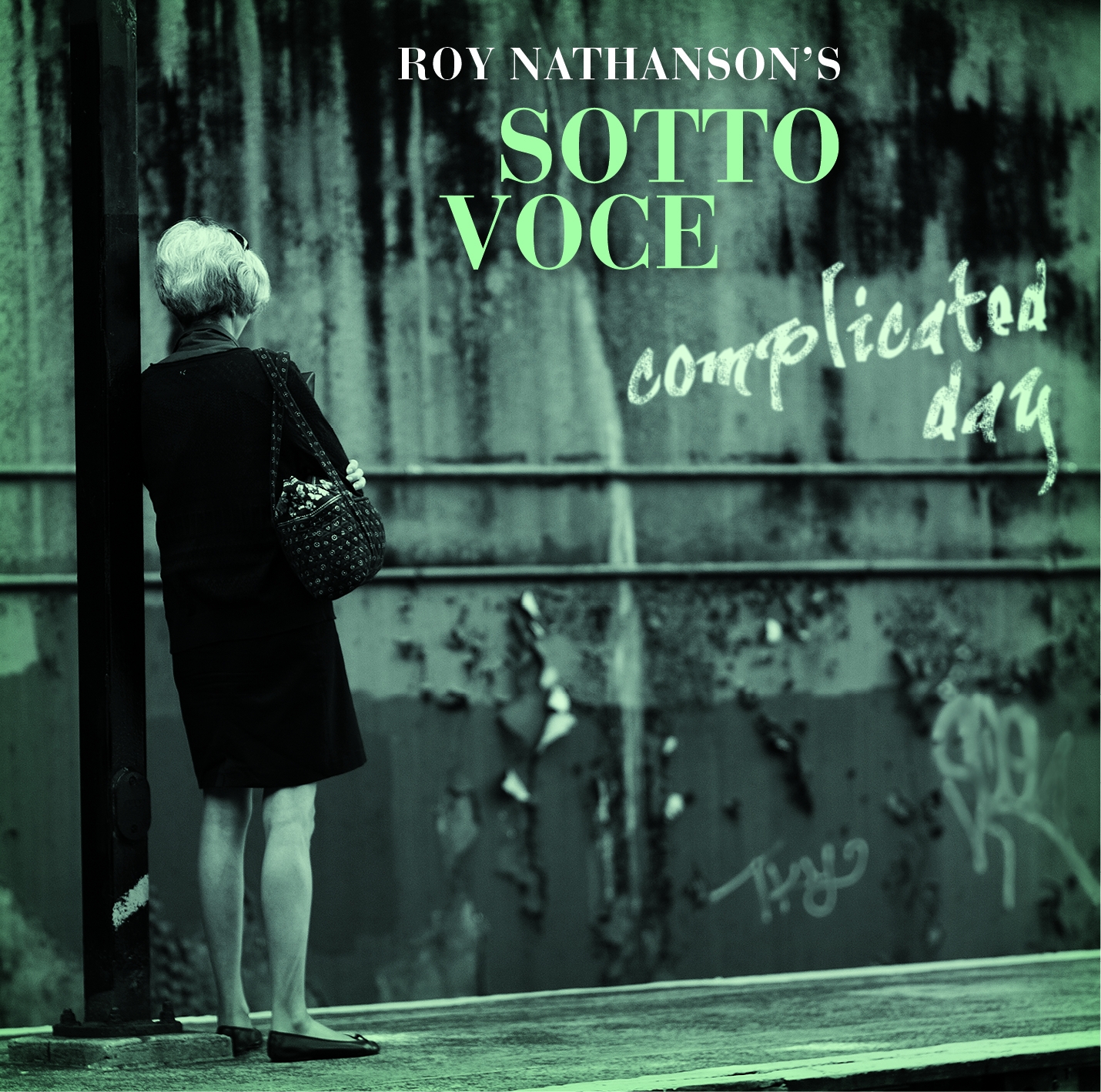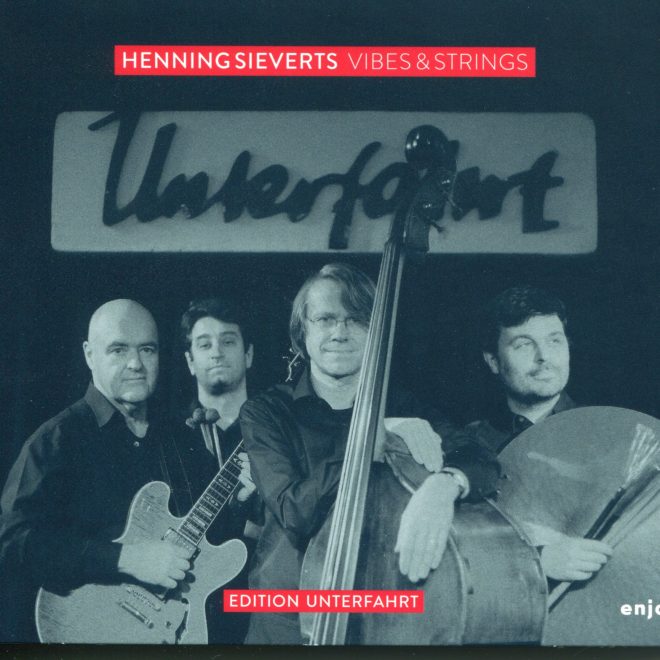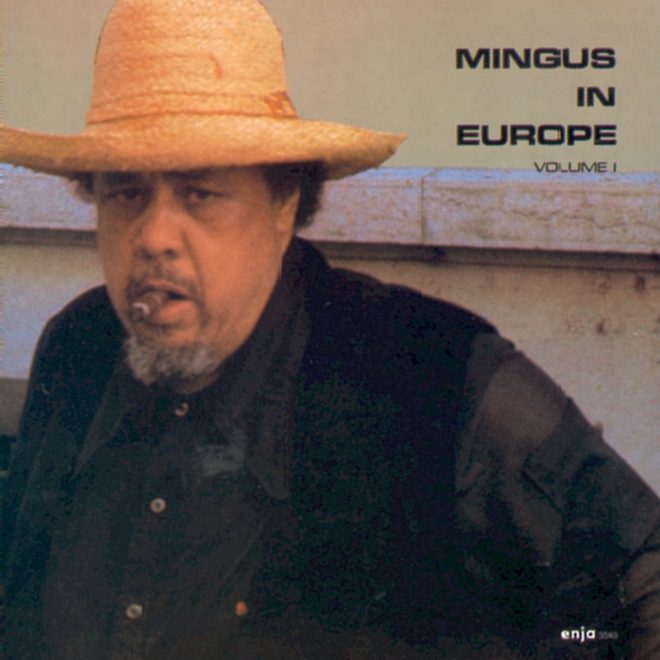Beschreibung
It’s no wonder that Roy Nathanson’s forthcoming new album with Sotto Voce is called Complicated Day. The consummate multitasker, Nathanson continually balances a schedule that’s exhausting just to think about. Musician and bandleader, composer and poet, educator and actor, the downtown NYC mainstay is forever looking to expand his artistic reach. On Complicated Day, he’s done so once again, augmenting the group’s spoken word format with a greater emphasis on sung lyrics.
Traditional song structures never defined Nathanson’s free and post-bop jazz repertoire, but with Complicated Day, the inimitable artist breaks into new territory. Only in the fascinating musical mind of Nathanson could such an innovative compositional mix of songs be conjured up. Sotto Voce reaches beyond the cosmos to an enigmatic world where free jazz meets the far stretches of the human voice, yet resides within classic songwriting arrangements that emulate stories of romance, reflection, and hope. The band’s idiosyncratic sound is masterfully realized by Nathanson on alto, soprano and baritone saxophones; Curtis Fowlkes on trombone; Tim Kiah playing bass; Jerome Harris on guitar and banjolin; Napoleon Maddox handling the beatbox; and Sam Bardfeld on violin. Each member contributes background vocals and nearly all sing lead on at least one track on Complicated Day.
Complicated Day features a collection of eight new compositions and two covers, including Isaac Hayes‘ „Do Your Thang“ and Johnny Nash’s „I Can See Clearly Now,“ the latter of which Elvis Costello recently praised in Rolling Stone magazine (November 2013 issue) — „It’s an extremely beautiful cover of the Johnny Nash song and a way of entering [Nathanson’s] world of spoken word and jazz.“ Gabriel Nathanson, Roy’s son, sings the lead vocal and plays trumpet on „I Can See Clearly Now,“ poet Gerald Stern recites the narrative poem on „The Nettle Tree,“ while Maddox lends his dripping with soul voice and beat-boxing to „Do Your Thang.“ Hugo Dwyer produced Complicated Day, and Sotto Voce will celebrate its national release at Joe’s Pub in Manhattan on April 2, 2014.
„Complicated Day represents a kind of essential whole language evolution for me,“ says Nathanson. „When I began the group in 2004, I’d been moving more and more toward writing text and then combining text with music. In quasi-songs with the Jazz Passengers,“ he says, referring to the band he founded in 1987 with Fowlkes, „the semi-autobiographical radio play You’re the Fool, the song cycle Keaton’s Bar and Grill and various spoofs including rewriting lyrics for Creature from the Black Lagoon with the Passengers, the combination of words and music deeply intrigued me. After enrolling in a poetry MFA program, I just started to see words and their rhythms as their own functional musical reality.“
Prior to launching Sotto Voce, Nathanson had already established a high profile with the Jazz Passengers, a daring ensemble whose modernistic approach — Blondie’s Deborah Harry recorded and toured with them, becoming a regular member; Elvis Costello, Jeff Buckley, and Mavis Staples guested on recordings — awed audiences and thrilled critics. Even before that, Nathanson, who had studied saxophone with the great Jimmy Heath, was a member of John Lurie’s downtown stalwarts the Lounge Lizards and performed with several other outfits. He has also led his own quartet, acted in films, and in 2007, established an educational program for high school students, entitled „Subway Moon“ — dubbed after his first poetry book and sophomore album with Sotto Voce of the same name.
Philip Johnson, reporter at The Independent (UK), praised Nathanson’s education program in 2011 by saying, „The Gateshead International Jazz Festival’s grand education project, Subway Moon, must have been a life-changing experience for its participants…It was the most inspiring performance I’ve seen in years.“
Complicated Day marks a major step forward in the growth of the band that released its initial self-titled CD in 2006. „Our debut album was basically a live studio recording of the songs we played every week at the Brooklyn club, Barbes,“ says Nathanson. „But producer/engineer Hugo Dwyer took great pains to develop the sound in the mix so that we could hear the balance between aspects of these story/poem/songs realized in its own evolving sensibility.“
Critics raved about Sotto Voce. All Music Guide said, „The first question one has to ask after hearing Roy Nathanson’s Sotto Voce all the way through, letting the stereo move along into silence, is ‚Where does music like this come from?‘ And then one has to note that there is no other record to be played on this day, because in Sotto Voce is everything music should be and often is.“ All About Jazz touted, „Equal parts carnival excess, vaudeville showmanship and Tin Pan Alley smarts, Sotto Voce finds Nathanson and company delivering what may be the year’s most unusual and intriguing album.“
The second Sotto Voce CD, Subway Moon, was, says Nathanson, „more clearly a musical scoring and adapting of poems I wrote on the subway for my debut poetry book, Subway Moon. All of these pieces involved poetry, instrumental music, sung choruses and the classic Sotto Voce instrumentation. With this album, the band and I could really see that we were developing a very different way of combining words and music.“
With Complicated Day though, Nathanson’s vision takes the unexpected and wholly compelling turn toward sung vocals, while spoken word only appears in very specific places. Hence, the new iteration of Sotto Voce displayed on their latest recording. Nathanson notes, „I came to realize that every member of Sotto Voce has such a distinct voice, it only made sense to write more ’structured‘ songs. Tim Kiah carries this uncanny ability to play and sing complex ideas together, and with my great friend Curtis Fowlkes‘ lyrical voice and powerful trombone I knew an interesting sonic landscape would develop. Jerome Harris has this remarkable voice that is both the cultural and timbral opposite of Tim’s, and an incredible complement to it. When I met Napoleon Maddox, I knew his beat-boxing could be the missing link between the spoken and sung word. He really brought hip-hop and contemporary street sensibilities into the context of an acoustic combo that had roots in the jazz and poetry of the beats of the late ’50s and early ’60s.“
Fortunately, the vision of Roy Nathanson and Sotto Voce has been embraced by a label that understands and values artistic growth. „Werner Aldinger of Enja Records has been incredibly supportive of our process,“ Nathanson says, „but the record business is a lot different than it was when I recorded ‚Fire At Keaton’s Bar and Grill‘ with Costello, Debbie Harry, et al. We hardly had a big budget to realize our ambitious plans, but we learned how to use that as part of the palette, too. You do what you need to do with what you’ve got, and then find a way to do more in spite of it. When the dust settled, we listened up and realized that somehow we’ve made a very special record that, among other things, seems to be this 62-year-old jazz sax player’s first singer-songwriter album.




